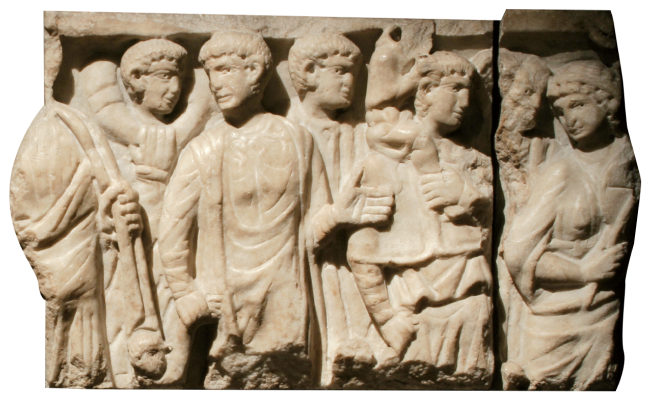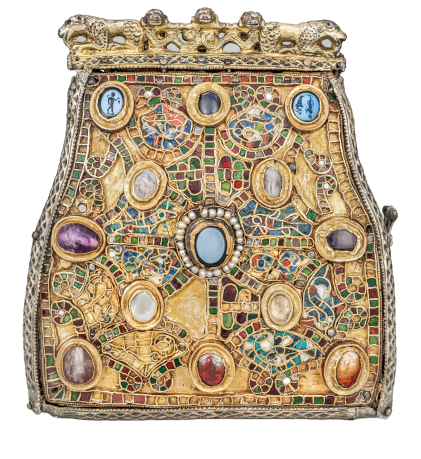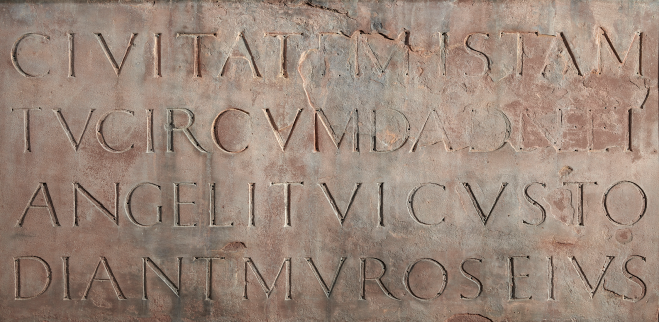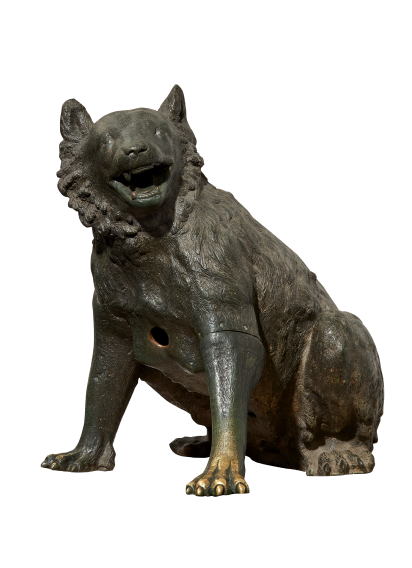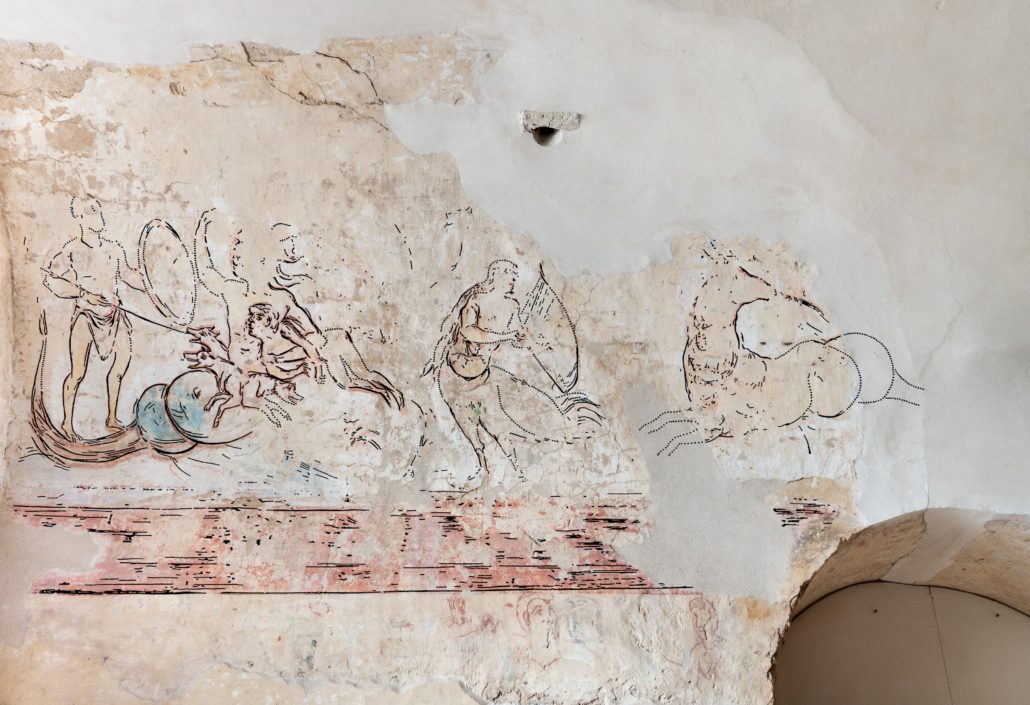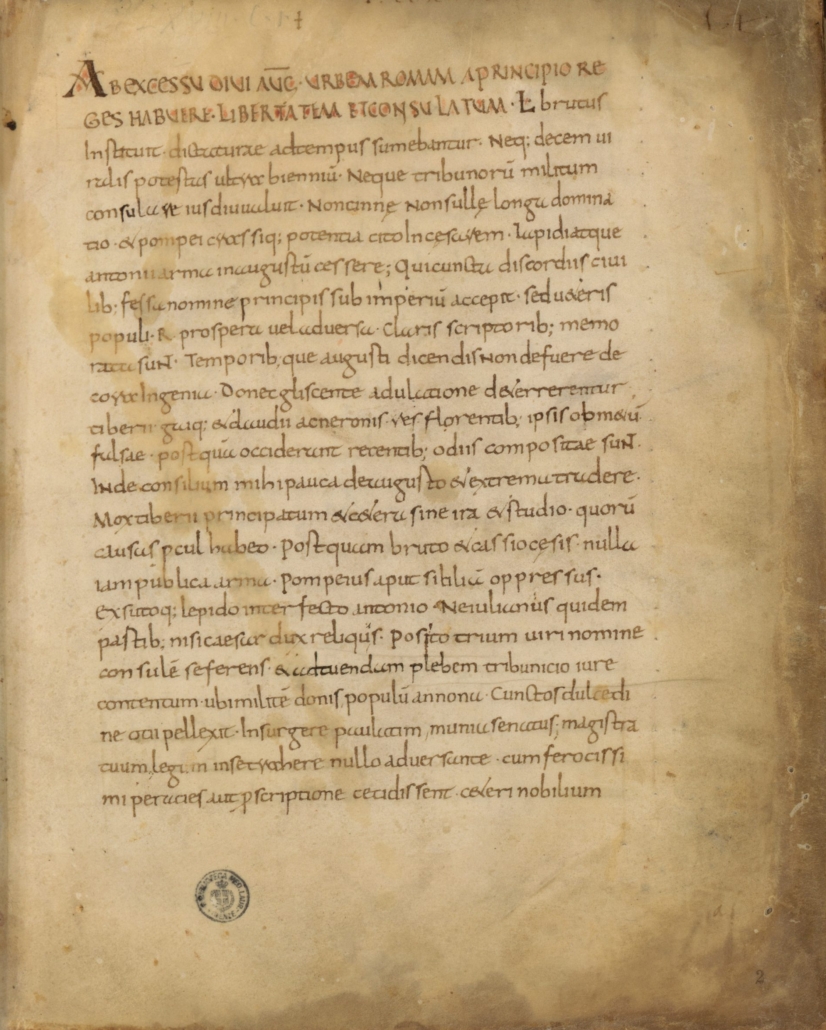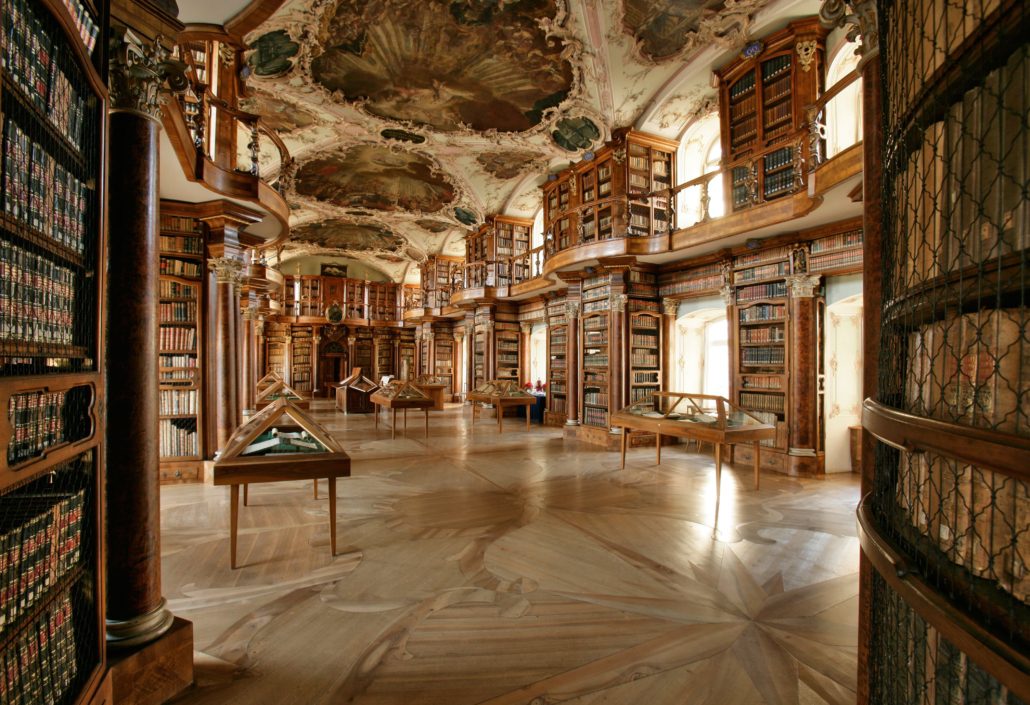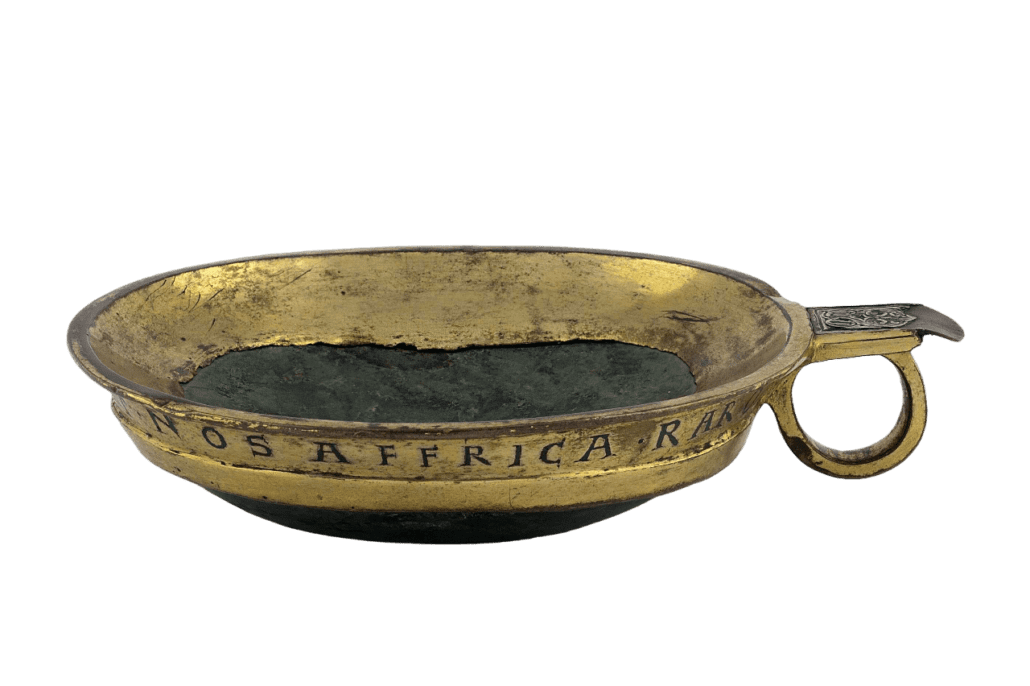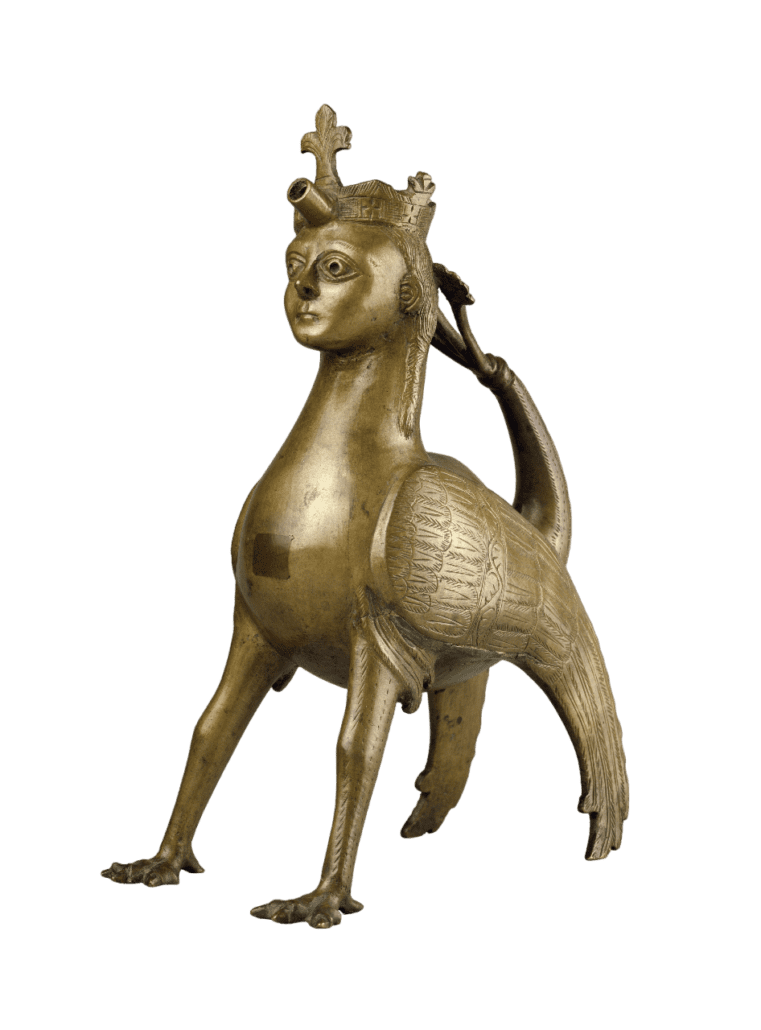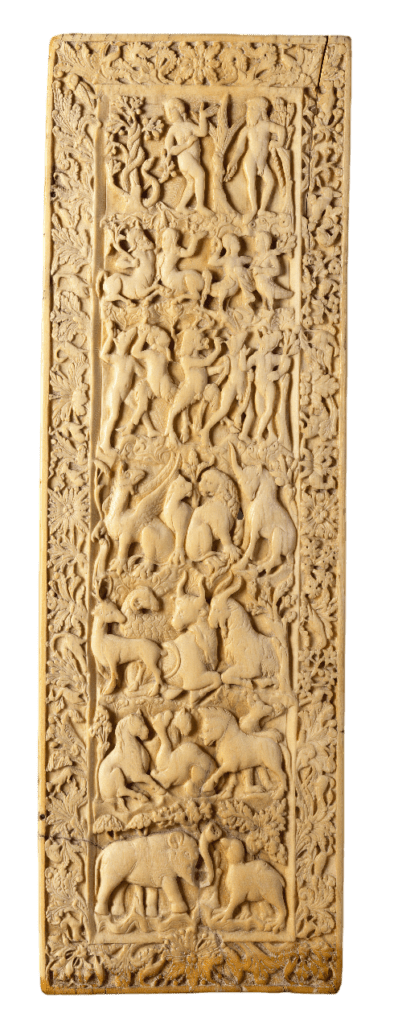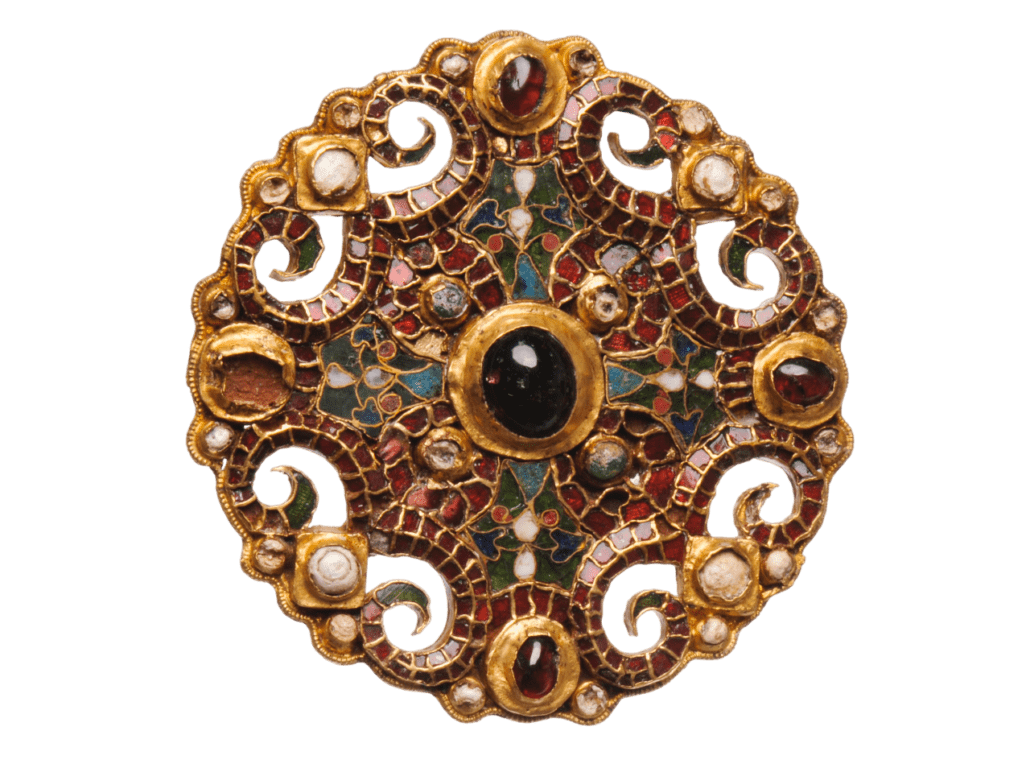An important factor in the dissemination of antique objects is their reuse in later centuries. Artfully crafted antique ivories such as this one, which bear lists of bishops on their rear sides or adorn book bindings, impressively demonstrate the value and relevance of such objects in the Middle Ages. The appearance of material from ancient mythology is not surprising, as the works of ancient poets and scholars were studied with great enthusiasm in the 9th century.
In addition to Adam and Eve, human figures with animal heads, wild animals, sirens and centaurs can be seen here. The ivory frame is extremely skilfully designed with finely carved acanthus leaves, flowers, bunches of greenery, birds and quadrupeds. The naturalist depiction of the animals, even the exotic ones, the precise details of the monsters and mythical creatures, which resemble classical antique images in every respect, and the elegant drawing of the foliage clearly demonstrate the interweaving of the Christian message with classical conceptions.
Exhibition section “The Carolingians and Antiquity”
Ivory with a depiction of worldly paradise | Louvre, Paris
The ivory relief panel depicts the so-called earthly paradise with dancing centaurs, sirens and other mythical creatures. Originally a Byzantine diptych, it was reworked in the Middle Ages and is now preserved in the Louvre in Paris.
An important factor in the dissemination of antique objects is their reuse in later centuries. Artfully crafted antique ivories such as this one, which bear lists of bishops on their rear sides or adorn book bindings, impressively demonstrate the value and relevance of such objects in the Middle Ages. The appearance of material from ancient mythology is not surprising, as the works of ancient poets and scholars were studied with great enthusiasm in the 9th century.
In addition to Adam and Eve, human figures with animal heads, wild animals, sirens and centaurs can be seen here. The ivory frame is extremely skilfully designed with finely carved acanthus leaves, flowers, bunches of greenery, birds and quadrupeds. The naturalist depiction of the animals, even the exotic ones, the precise details of the monsters and mythical creatures, which resemble classical antique images in every respect, and the elegant drawing of the foliage clearly demonstrate the interweaving of the Christian message with classical conceptions.
Exhibition section “The Carolingians and Antiquity”
